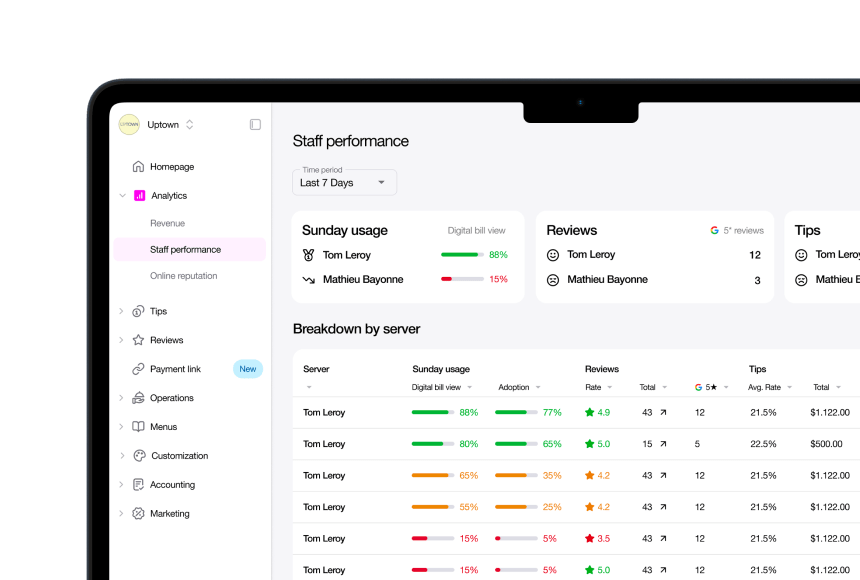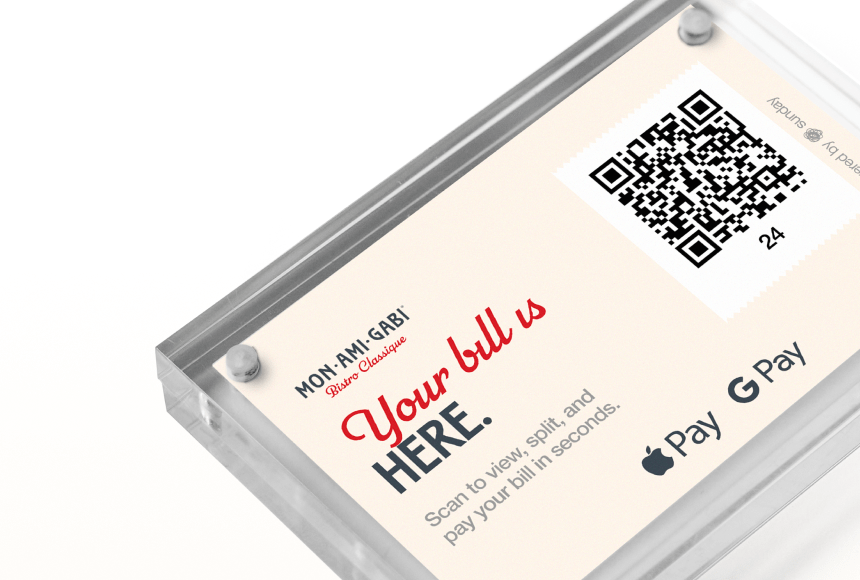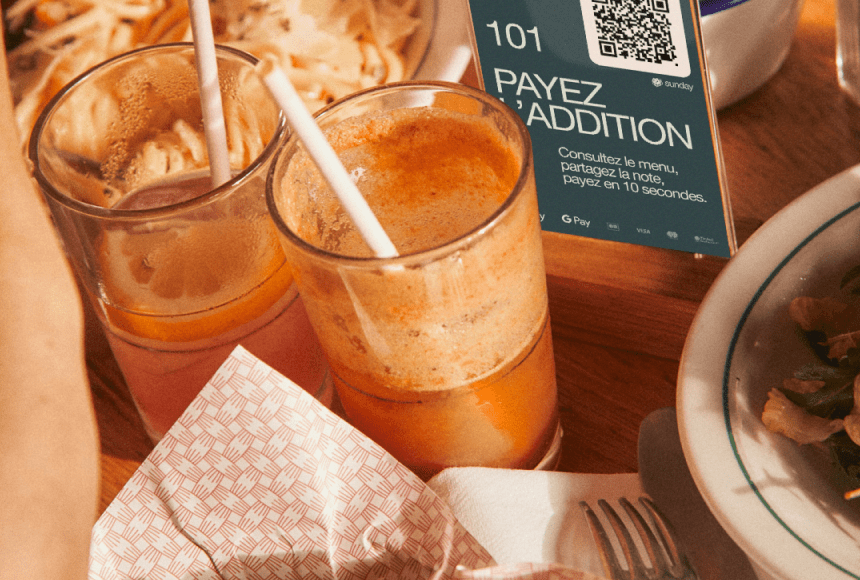
The Modern Recipe for Operational Efficiency in Restaurants
Defining Operational Efficiency in Today’s Restaurant World
Operational efficiency used to be a buzzword tossed around at industry conferences, scribbled on business plans, or whispered in the back office when costs ran high. However, the game changed dramatically in the last few years. Diners demand faster service, personalized experiences, and convenient payment methods. Staff need additional support to juggle multiple tasks, especially during peak hours. Regulations involving health and safety have heightened. And technology—particularly digital payment solutions—continues to expand. In short, restaurants large and small have to be more agile than ever.
But what exactly does “operational efficiency” look like now? In simple terms, it’s maximizing your resources—time, money, workforce—to deliver a great experience for guests while keeping costs under control. The concept can feel abstract, but if you’re a restaurant owner, you likely sense its impact daily. Extended wait times, delayed order processing, repetitive manual tasks, and compliance headaches are all signs that your operations might not be running at full steam.
Why Restaurant Operators Struggle With Efficiency
Even if your kitchen is run by a wizard of culinary arts, you face other operational hurdles. According to data from the National Restaurant Association, the restaurant industry employs more than 15 million people in the US, and turnover remains high—often between 70% and 80% annually. That’s a lot of onboarding, training, and potential disruption to your day-to-day operations.
And high turnover is just one piece of the puzzle. Rising food costs, new health guidelines, and ever-evolving consumer expectations all conspire against efficiency. Whether you oversee a boutique café or a casual dining establishment, you’ve likely experienced at least one of these pain points:
- Unpredictable Workflows: From inventory to staffing schedules, many restaurants struggle with systems that don’t talk to each other. This can cause duplicate work or missing steps in essential protocols.
- Manual Payment Processes: Handling check payments at the table can get hectic: servers fumble with credit card slips, perform multiple trips, and spend more time than necessary to finalize each transaction.
- Communication Breakdowns: Miscommunication between front of house and back of house leads to order errors, delays, and frustrated workers and guests.
- Chaotic Peak Times: The moment that lunch or dinner rush hits, the entire workflow can collapse if not carefully orchestrated.
- Pressure to Keep Costs Down: Food waste, labor, utilities—each line item in your budget begs for a cost-saving solution.
Proven Strategies for Bolstering Operational Efficiency
Beyond acknowledging the challenges, restaurant owners need tangible methods to improve. Efficiency can’t just be a concept; it has to show up in how your team operates hour by hour. Below are tried-and-tested strategies.
1. Optimize Your Menu
Consider limiting your menu to a curated selection. This often feels counterintuitive, as more dishes seem like they’d attract more diners. In practice, though, a compact menu simplifies orders for your kitchen staff, cuts down on excessive inventory, and ensures that each dish on the menu is mastered and consistent.
- Categorize your menu items based on popularity and profitability.
- Remove or modify dishes that cause bottlenecks or require expensive, hard-to-source ingredients.
- Invest in staff training on these core dishes for consistency and faster prep times.
2. Streamline Inventory Management
Poor inventory management leads to food spoilage, order inaccuracies, and wasted spending. Leveraging an automated inventory system can save messy pen-and-paper calculations and reduce the risk of human error.
Some key steps:
- Track real-time usage so you can accurately forecast and reorder just what you need.
- Keep tabs on expiration dates so your team rotates stock properly.
- Establish automatic alerts for reorder points—partly to maintain consistency in your supply but also to reduce panic buys at higher costs.
3. Enhance Labor Efficiency
Labor is one of the biggest costs in a restaurant. Ensuring your staff is used wisely not only improves your bottom line but also fosters a better work environment. Consider scheduling software to forecast busy periods and schedule staff precisely. Incorporate cross-training so servers, cooks, and support staff can step into various roles. This not only reduces idle time but also boosts team morale—they understand each other’s roles and can help at critical moments.
4. Automate Repetitive Tasks
Technology can seem intimidating, but the right solutions automate tasks that eat into your staff’s time. Online booking systems, QR code menus, self-serve ordering kiosks (in quick-service setups), and integrated staff communication platforms all fall under this umbrella.
Consider a hypothetical scenario: you run a popular brunch spot. A typical weekend sees a flurry of calls, texts, and walk-ins. A cloud-based booking platform could reduce missed reservations, double-bookings, and the meltdown that happens when your invaluable greeter calls in sick. The system does the heavy lifting, freeing staff to focus on guests already seated.
Harnessing Technology to Catapult Efficiency
Today’s restaurant owners have access to more technological tools than ever before. The challenge is picking what aligns with your goals, budget, and brand. Let’s look at a few high-impact ways technology can streamline your workflow:
Order and Inventory Management Software
Think about an integrated solution that connects your point-of-sale system, table management, and inventory. This means when a guest orders a wine from the bar, your system automatically updates your remaining wine count. When you run low, you get a notification to reorder. Not only does this reduce waste, it keeps your most popular items in stock. It’s like having a sous-chef dedicated solely to counting every tomato or glass of wine you serve.
Kitchen Display Systems
Paper tickets pinned on a wheel are still in many kitchens, but a digital kitchen display system may cut down on errors. When integrated correctly, the system displays orders by table, highlights modifications, and updates automatically if an order is changed or canceled. Plus, your staff can quickly mark items as completed, letting everyone see real-time status. No more frantic shouting over sizzling grills or rummaging through a pile of paper tickets.
Rethinking the Payment Experience
Making guests wait for the bill can hamper the final stage of their dining experience. In many US restaurants, it’s standard to drop the check once the server picks up on cues that guests are wrapping up. However, this entire back-and-forth for payment can be time-consuming for both diners and servers.
A more efficient solution employs QR code-based payments—like those offered by sunday. The idea is simple: guests scan a code at the table using their smartphones and pay instantly. That means no more waiting for a server to bring the check, no juggling card machines, and fewer trips back and forth. Here’s how it affects your operations:
- Faster Table Turnover: Guests can finalize the check on their own schedule, so tables open up sooner.
- Higher Guest Satisfaction: Diners enjoy a more seamless exit—no more scanning the room for the server, especially during busy periods.
- Easier Tipping: An intuitive system prompts guests to tip fairly, and servers see an increase in tips without feeling pushy.
- Opportunity for Feedback: Some solutions let guests post a quick Google review right after payment, boosting online visibility.
Training and Empowering Your Team
No matter how innovative your technology stack or how well-designed your menu might be, none of it sticks if your team isn’t trained and on board. Efficiency is a team sport, after all. Communication, clarity of expectations, and empowerment matter. Here are a few tips:
- Hands-On Demos: If you introduce new technology—like a QR code payment solution—gather your staff to practice in a safe environment. Encourage them to make mistakes, experiment, and build confidence.
- Streamlined Procedures: Provide checklists for daily tasks: opening the restaurant, closing shifts, sanitizing stations, counting float. When tasks become habit, you reduce confusion and mistakes.
- Team-Based Problem Solving: Host monthly or quarterly meetings to address bottlenecks. Encourage staff to share issues. This fosters collaboration and keeps morale high.
- Recognize Achievements: When you notice improvements—say, your team cleared a lunch rush in record time—celebrate. Positive reinforcement goes a long way, especially for retaining good employees.
Key Metrics to Measure Efficiency
Just like you’d track the temperature of a perfectly seared steak, you also need to measure markers of operational success. Efficiency isn’t an intangible concept; you can calculate it. Here are a few metrics to keep on your radar:
- Table Turnover Rate: How quickly do you seat, serve, and clear each table?
- Average Check Size: Are you optimizing upsells without overly pushing add-ons?
- Labor Cost Percentage: How does your labor cost compare to overall sales?
- Food Cost Percentage: Are you losing money through waste or mis-priced menu items?
- Customer Satisfaction Scores: Check feedback from online reviews, comment cards, or even direct feedback from guests.
A Real-World Example: Sunrise Brunch & Bistro
Imagine a fictional restaurant in Austin, Texas—Sunrise Brunch & Bistro. This local favorite had a phenomenal menu but struggled with inefficiency, particularly during the weekend rush. Payment bottlenecks meant stress for servers, longer waits for new guests, and lukewarm reviews on their online listing.
After trying out a QR code-based payment platform, it reduced the average time from a guest requesting the check to settling it from 8 minutes to just 1 or 2 minutes. The manager also used the integrated tipping function to encourage fair tips and introduced a real-time inventory management tool linked to the POS system. Now, they only run out of muffins when the baker physically can’t keep up—no more accidental stock shortages. Over six months, Sunrise Brunch & Bistro saw a 20% decrease in labor costs and a noticeable rise in repeat customers who appreciated the swift service.
Small Changes, Big Gains
While sweeping, large-scale overhauls can jolt efficiency, remember that implementing several small improvements often leads to the biggest aggregate change. Think about how you introduce these smaller solutions:
- Incremental Implementation: Roll out changes in stages—maybe you switch to QR code payments in half your dining area first, or only on weekdays, so you can gather data and fine-tune processes.
- Ongoing Training and Reinforcement: After the initial excitement wears off, your staff might slip back into old habits. Reinforce new protocols with reminders, follow-ups, and praises for consistent performance.
- Guest Education: Ensure your guests understand the changes too. A brief note on QR payment codes or a simple sign can ease their transition and prevent confusion.
Mapping Your Path Forward
Operational efficiency can feel like chasing a moving target in the restaurant world, especially when consumer and workplace trends evolve so quickly. But you hold more cards than you think. By focusing on where your biggest bottlenecks lie—be it in labor, table turnover, or subpar payment processes—you stand to reclaim precious hours each week. You can direct that time toward delivering a memorable experience for guests and a better workplace for staff.
Look at your menu. Peek into your stockroom. Ask your servers about the most frustrating part of their shift. Gather data. Then, invest in technologies and training that streamline your biggest pain points. Many of these changes are easier to implement than you might expect, and the payoff can be immediate.
As you’re refining your recipe for success, remember that integrating a solution like sunday can drastically improve checkout speed and customer satisfaction. When wait times are down, tips go up, and your staff can focus on high-value interactions—like chatting about specials or verifying that a vegan dish has no hidden dairy. It’s these details that elevate the guest experience and keep people coming back.
Your Roadmap to Real Results
It’s not enough to talk about operational efficiency—you have to see actual, measurable results. Whether you run a trendy downtown hotspot or a cozy diner in the suburbs, the strategies we’ve explored rework the fundamentals of your daily flow. Don’t let old routines or “the way it’s always been done” hold you back. A streamlined operation means happier customers, energized staff, and a healthier profit margin—three ingredients no restaurant can survive without.
Now is the time to reconsider workflows, adopt integrated tech solutions, and assure your team they have the tools and support they need. When you create a culture of continual improvement, from how you handle inventory to how you settle checks, you’ll taste the sweet rewards of a truly efficient operation. After all, in the restaurant business, every second—and every plate—matters.
Find out more today
Drop us your details below and we’ll reach out within the next 24h
Get the full, detailed picture.
sunday elevates your business with insightful data, instant feedback and precise analytics.




